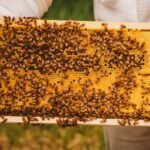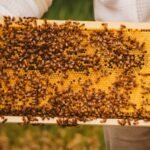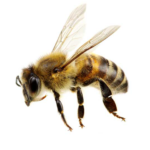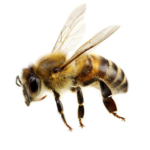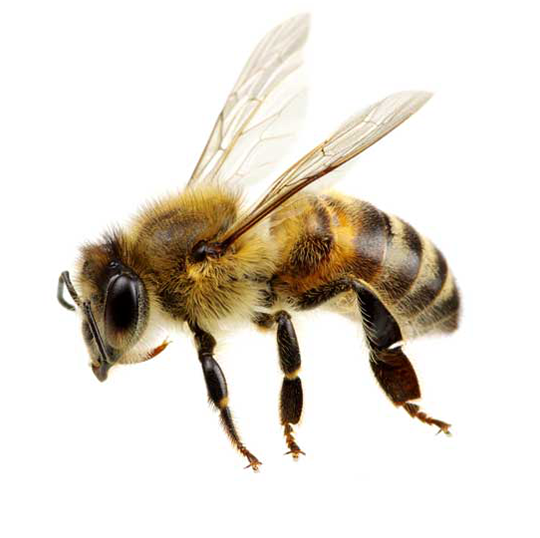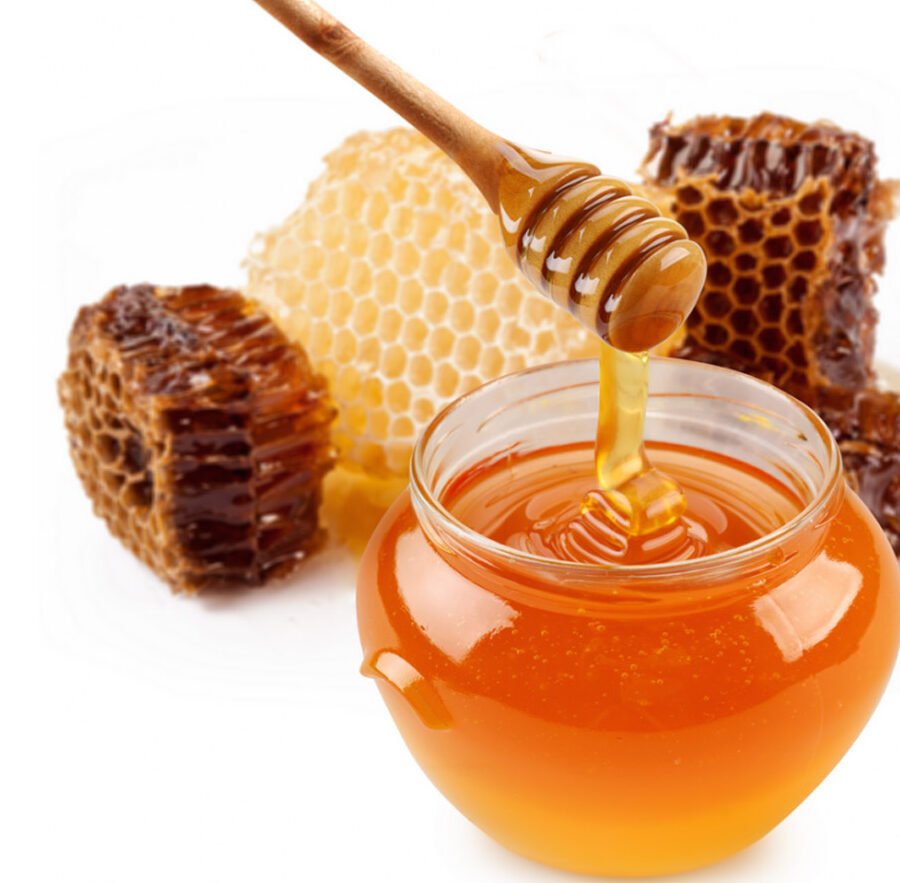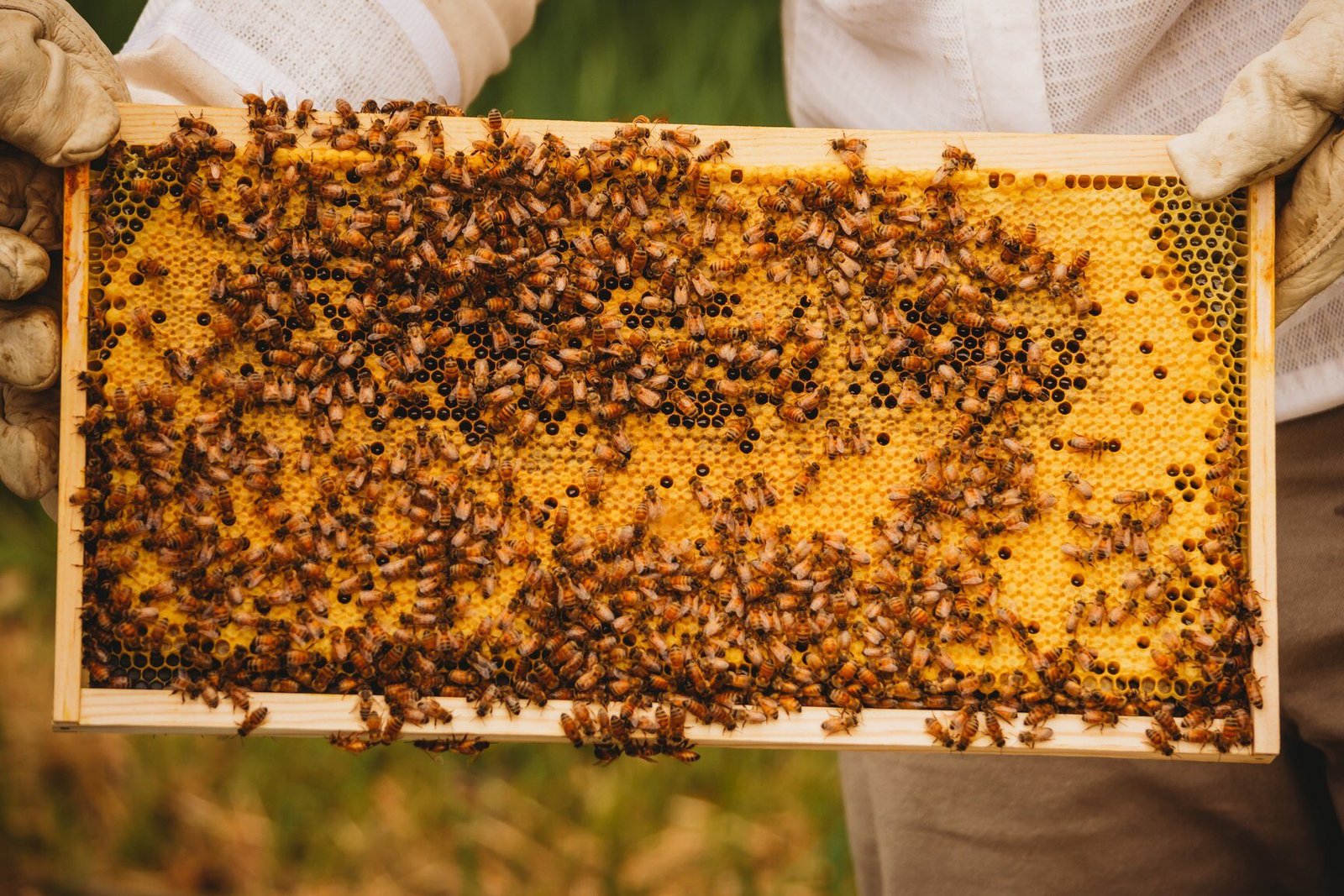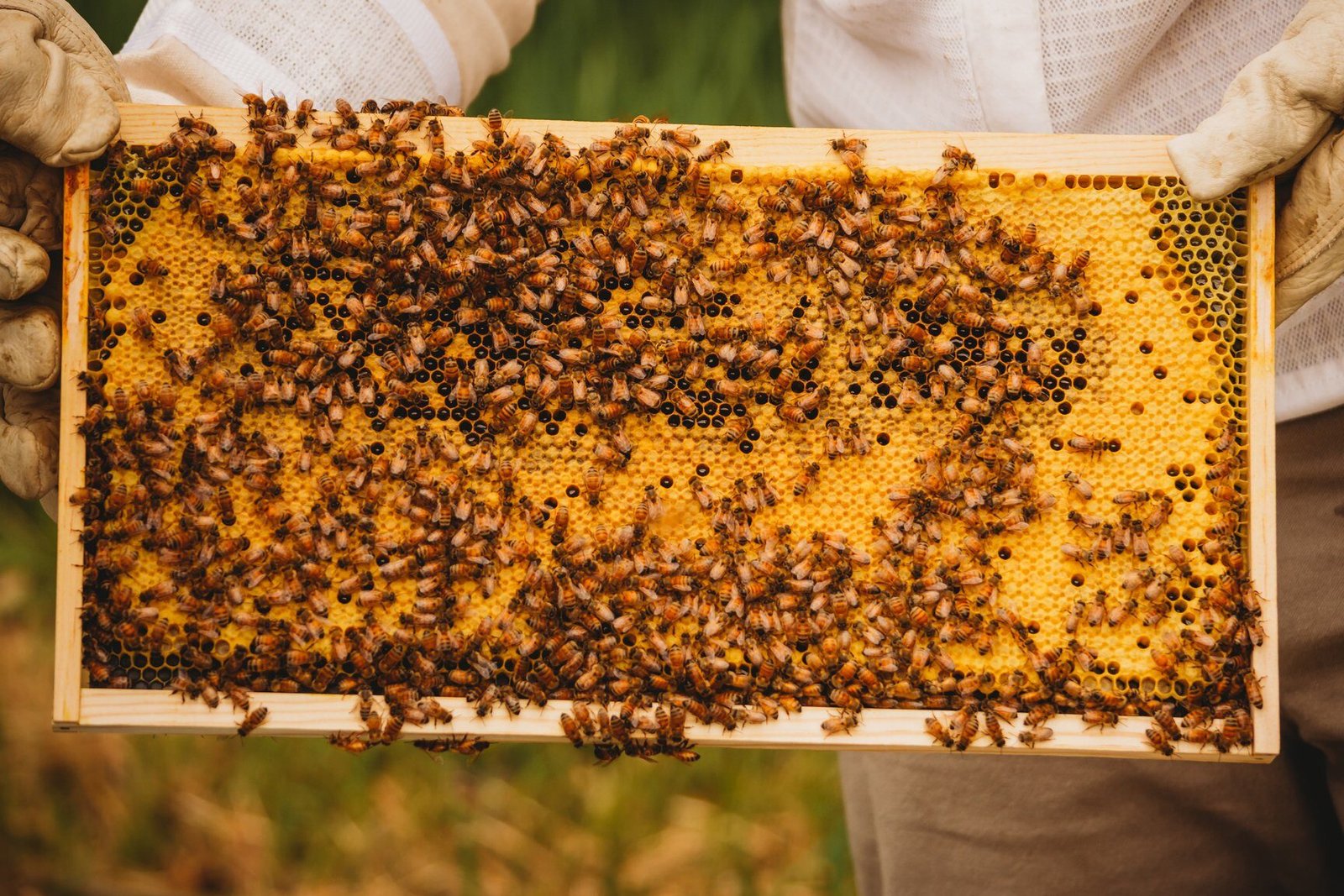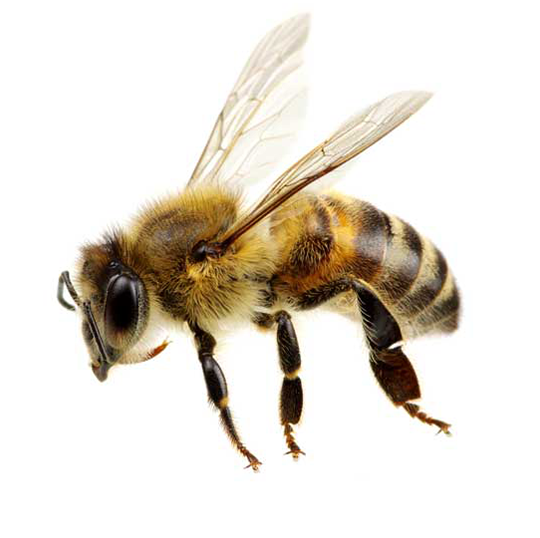Have you ever wondered what exactly a queen bee is? Well, let us shed some light on this fascinating creature. A queen bee is a crucial member of a bee colony, responsible for reproduction and ensuring the colony’s survival. She is the sole reproductive female in the colony and can lay up to 2,000 eggs per day! But what about the male counterpart, you may ask? Well, the male bee is called a drone. While their role in the colony may be different, both the queen bee and the drone play vital roles in the complex and fascinating world of bees.

Definition of a Queen Bee
The concept of a queen bee
A queen bee is a female bee that is the reproductive centerpiece of a honeybee colony. As the only sexually mature female in the colony, the queen bee possesses unique characteristics and performs vital roles in maintaining the stability, growth, and survival of the bee colony.
Role and responsibilities of a queen bee
The primary role of a queen bee is reproduction. She is responsible for laying eggs to ensure the sustenance and growth of the colony. Additionally, the queen bee emits pheromones that regulate the behavior and development of other bees within the colony. She also plays a crucial role in ensuring genetic diversity within the bee community.
Importance of a queen bee in a bee colony
Queen bees are essential for the overall health and productivity of a bee colony. Without a queen bee, the colony would cease to exist as it would lack the necessary reproduction and organization. The queen’s pheromones influence the productivity and efficiency of worker bees, guiding their tasks and ensuring a harmonious social structure within the colony.
Appearance and Characteristics
Physical appearance of a queen bee
A queen bee differs significantly in physical appearance from other bees in the colony. She has a larger body size compared to worker bees, measuring approximately 20-30% longer. Queen bees have an elongated abdomen, often having a sleeker and more elongated thorax as well. Additionally, the queen bee’s wings are shorter than those of the worker bees, and her legs are sturdier.
The unique traits of a queen bee
Queen bees possess several unique traits that distinguish them from other bees. One distinctive feature is the presence of a stinger that is smooth, allowing the queen bee to sting multiple times without losing her stinger. Unlike worker bees, queen bees do not possess pollen baskets on their hind legs. They also have specialized glands that produce the pheromones responsible for regulating colony behavior.
How to identify a queen bee
To identify a queen bee, one can observe her physical characteristics and behavior. The larger size, elongated abdomen, and shorter wings are key visual cues. Additionally, the queen bee can often be found surrounded by worker bees, attending to her needs and exhibiting deferential behavior.
Life Cycle of a Queen Bee
Egg-laying process
The life cycle of a queen bee starts when the queen lays eggs. She selects suitable cells within the comb and inserts a single egg into each cell. The queen bee can lay up to 1,500 eggs per day, showcasing her exceptional reproductive capabilities.
Development from egg to larva
Once the eggs hatch, they develop into larvae after a few days. The bees surrounding the eggs feed the larvae a highly nutritious substance called royal jelly, which allows them to grow rapidly. The larvae are tended to by the worker bees, who ensure their proper nourishment and care.
Pupal stage
After approximately five days as larvae, the developing queen bee larvae are sealed into their cells and enter the pupal stage. During this stage, the larvae undergo metamorphosis, transforming into fully developed adult bees. The pupal stage typically lasts for around eight to nine days.
Emergence as a queen bee
Once the pupal stage is complete, the fully developed queen bee chews through the cell cap and emerges into the colony. She then embarks on her lifelong role as the queen, ready to assume her reproductive duties and leadership within the colony.
Mating and fertilization
Shortly after emerging, the queen bee embarks on a mating flight. During this flight, she mates with multiple male bees from other colonies, storing their sperm in a specialized organ called the spermatheca. The stored sperm will fertilize the eggs she lays throughout her lifetime, allowing for genetic diversity within the colony.
Queen Bee vs. Worker Bees
Differences in size and appearance
One of the most noticeable differences between queen bees and worker bees is their size and physical appearance. Queen bees are significantly larger, with elongated abdomens, shorter wings, and sturdier legs. In contrast, worker bees are smaller and possess pollen baskets on their hind legs.
Roles and tasks in the colony
The roles and tasks of queen bees and worker bees within the colony vary significantly. The queen bee’s primary role is reproduction, laying eggs to ensure the colony’s survival. On the other hand, worker bees perform various tasks such as foraging for food, building and repairing the hive, caring for the young, and protecting the colony.
Reproductive capabilities
While the queen bee is the only sexually mature female in the colony, worker bees are sterile and incapable of reproduction. The queen bee’s ability to lay a large number of eggs ensures the colony’s population growth and survival. Worker bees, despite being physically capable of reproduction, have their reproductive capabilities suppressed due to the presence of the queen’s pheromones.

Behavior and Communication
Suppression of reproductive capabilities in worker bees
The presence of a queen bee actively suppresses the reproductive capabilities of worker bees within the colony. Through the release of pheromones, the queen signals the colony’s reproductive hierarchy, inhibiting the development of worker bees’ ovaries and ensuring their focus remains on supporting the queen’s reproduction and the colony’s overall needs.
Queen pheromones and their effects
Queen pheromones play a significant role in maintaining social structure and communication within a bee colony. These pheromones regulate the behavior and development of worker bees, influencing tasks such as foraging, nursing, and hive construction. The queen’s pheromones also serve to attract and communicate her presence to other bees.
Communication between queen and worker bees
Communication between the queen bee and worker bees occurs primarily through the exchange of pheromones. The queen bee emits specific pheromones that convey vital information to the workers, such as her presence, reproductive state, and overall health. These pheromones play a crucial role in coordinating the collective behavior and tasks of the worker bees.
Multiple Queens in a Colony
Occurs in certain bee species
While the presence of multiple queens in a colony is not common in most honeybee species, certain species, such as some varieties of bumblebees, tolerate or even require multiple queens. This characteristic is known as “polygyny” and can affect the social dynamics and structure of the colony.
Dynamics and challenges of multiple queens
In colonies with multiple queens, a complex power dynamic emerges as the queens compete for dominance and control. The hierarchy and interaction among the queens can influence the reproductive capabilities and overall stability of the colony. The queens may cooperate, divide tasks, or even engage in aggressive behavior towards each other.
Factors influencing the number of queens in a colony
The number of queens present in a colony is influenced by various factors, including genetic predisposition, environmental conditions, availability of resources, and the species of bee. In some cases, multiple queens may be advantageous for increasing population growth and resilience, while in others, a single queen is favored for promoting efficient organization and division of labor.
Queen Bee Parentage
Genetic lineage of a queen bee
A queen bee’s genetic lineage determines her characteristics and influences the overall genetic diversity within the colony. The queen bee inherits genetic traits from both her mother (the previous queen) and the drones she mated with during her nuptial flights. These inherited traits shape the behavior, productivity, and adaptability of the colony.
Determining the queen bee’s parents
To determine the parentage of a queen bee, genetic testing can be conducted. By analyzing the DNA of the queen and potential parent drones, scientists can ascertain the specific drones with which the queen bee mated. This information allows for a better understanding of the genetic diversity within the colony and aids in breeding programs aimed at improving desirable traits.
Maintaining genetic diversity
Maintaining genetic diversity within a colony is essential for its long-term survival and adaptability. Through the natural selection of drones during mating flights, as well as human interventions in selective breeding programs, beekeepers can ensure genetic variation, enhancing resistance to diseases, pests, and environmental changes.
Replacing a Queen Bee
Reasons for replacing a queen bee
There are several reasons why beekeepers may need to replace a queen bee. These include poor egg-laying performance, aggression, health issues, or the queen bee becoming old and less productive. Beekeepers may also choose to replace a queen bee to introduce desirable genetic traits or manage the colony’s overall health and productivity.
Introducing a new queen to the colony
The process of introducing a new queen to a colony requires careful consideration and management to ensure acceptance by the worker bees. Beekeepers often use techniques such as gradual introduction, cage introduction, or introducing the queen with attendants to increase the chances of successful acceptance.
Process of queen bee replacement
To replace a queen bee, beekeepers typically obtain a new queen through sources such as queen breeders. The new queen is then carefully introduced to the colony, taking into account worker bee acceptance and readiness. It is important to monitor the colony’s response and provide necessary support during the transition period to ensure a smooth replacement process.
Human Interaction with Queen Bees
Beekeeping and queen bee management
In beekeeping, managing queen bees is vital for maintaining healthy and productive colonies. Beekeepers selectively breed and manage queen bees to enhance desired traits such as gentleness, honey production, and disease resistance. They also monitor the health and performance of the queen bee, replacing her when necessary to optimize the overall vitality of the colony.
Benefits of controlled queen breeding
Controlled queen breeding allows beekeepers to maintain genetic diversity, promote desirable traits, and optimize the productivity of honeybee colonies. By selectively breeding queens, beekeepers can enhance specific characteristics important for honey production, pollination, and overall colony resilience.
Artificial insemination of queen bees
Artificial insemination is a technique used in queen bee breeding to control mating and ensure desired genetic traits are passed on to offspring. This process involves collecting semen from drones and using it to fertilize the queen bee’s eggs. Artificial insemination provides beekeepers with greater control over the genetic makeup of their colonies and assists in breeding programs aimed at improving specific traits.
Fascinating Facts about Queen Bees
Longevity of a queen bee
A queen bee can live significantly longer than other bees in the colony. While worker bees typically have a short lifespan of a few weeks to a few months, queens have the potential to live for several years. Some queens have been known to survive for up to five years, serving as the colony’s reproductive powerhouse throughout their lives.
Number of eggs laid by a queen bee
The prolific egg-laying capabilities of a queen bee are truly remarkable. In peak season, a productive queen can lay up to 1,500 eggs per day, totaling over 200,000 eggs in a year. This extraordinary reproductive output is vital for maintaining the colony’s population and ensuring its continued growth and prosperity.
Power of the queen bee’s pheromones
The pheromones emitted by a queen bee have a profound influence on the behavior, social structure, and development of a bee colony. The queen’s pheromones regulate tasks, suppress worker bee reproduction, and maintain harmony within the colony. The power of these chemical signals highlights the crucial role of the queen bee as the central figure in the social organization of the hive.
In conclusion, the queen bee plays a vital role in the functioning of a bee colony. Through her reproductive capabilities, pheromone signaling, and leadership, she ensures the survival, growth, and productivity of the hive. Understanding the characteristics, life cycle, and behaviors of queen bees not only deepens our appreciation for these remarkable creatures but also aids in beekeeping practices aimed at fostering healthy and thriving bee colonies.

